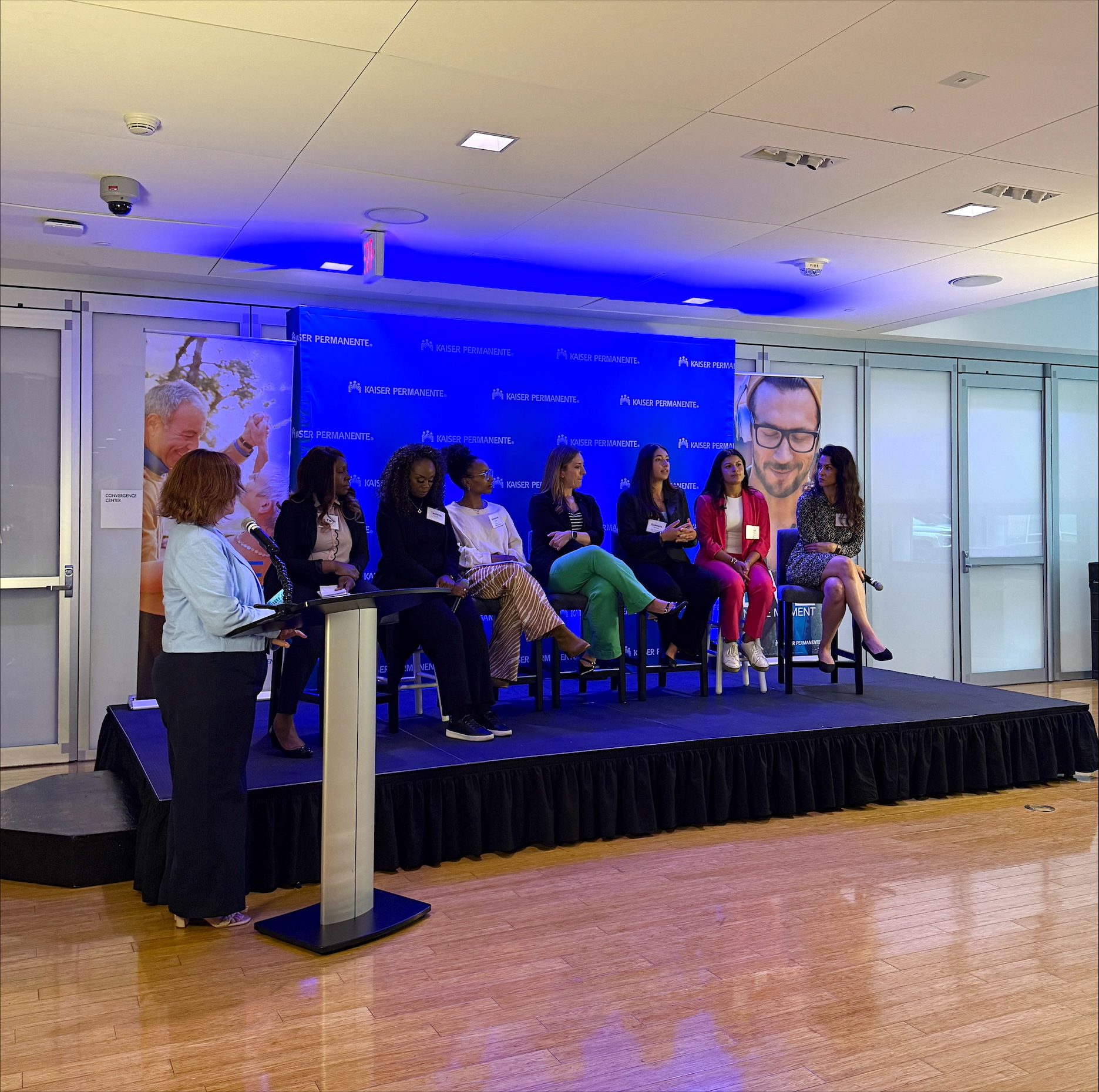How changes in the convenience, attractiveness and availability of healthy foods in school cafeterias can encourage healthier choices in students
 The field of behavior change is a hot topic these days, particularly in the public health field as many health advocates, community leaders and policymakers look for ways to effectively support healthy lifestyle changes in and among their constituents. A study published earlier this year lends even more credence to the idea that schools, and specifically school cafeterias, are critical environments for affecting healthy behavior change in students, and that simple and inexpensive changes to school cafeterias can encourage students to make the healthier choice when it comes to their lunchtime meals.
The field of behavior change is a hot topic these days, particularly in the public health field as many health advocates, community leaders and policymakers look for ways to effectively support healthy lifestyle changes in and among their constituents. A study published earlier this year lends even more credence to the idea that schools, and specifically school cafeterias, are critical environments for affecting healthy behavior change in students, and that simple and inexpensive changes to school cafeterias can encourage students to make the healthier choice when it comes to their lunchtime meals.
New nutrition standards passed by the U.S. Department of Agriculture (USDA) in January 2012 require school cafeterias, particularly those participating in the National School Lunch Program, to restrict the frequency of less healthy foods that they offer and increase the offerings of healthier offerings. Foods like French fries, for example, are to be made less available. Foods such as whole grains, fruits and vegetables are encouraged.
Yet, while the USDA sets these nutritional standards and cafeterias may provide the healthier options, it’s still very much up to students to choose which foods they ultimately want to eat.
A recent study published by the Journal of Pediatrics looked at what happens when school cafeterias were adapted to improve the convenience and attractiveness of health foods such as fruits and vegetables. Dubbed the “smarter lunchroom makeover,” these adaptations included placing fruits and vegetables in nice bowls or tiered stands and placing them closer to the cash register, or having cafeteria staff prompt students with simple questions like, “Would you like to try this vegetable?” or “You can get another side with your meal. How about grabbing a piece of fruit by the register?”
Results showed that students were more likely to select fruits and vegetables after the makeover. The study underscored how simple interventions that make the healthy choice the easy and attractive choice do have an effect on creating healthy behaviors and could lead to similar effective approaches in combating the obesity epidemic.
- Read more at Healthfinder.gov
- Read the study in the Journal of Pediatrics
- Learn about the recent Kaiser Permanente-sponsored Forum for Healthy Behavior Change



